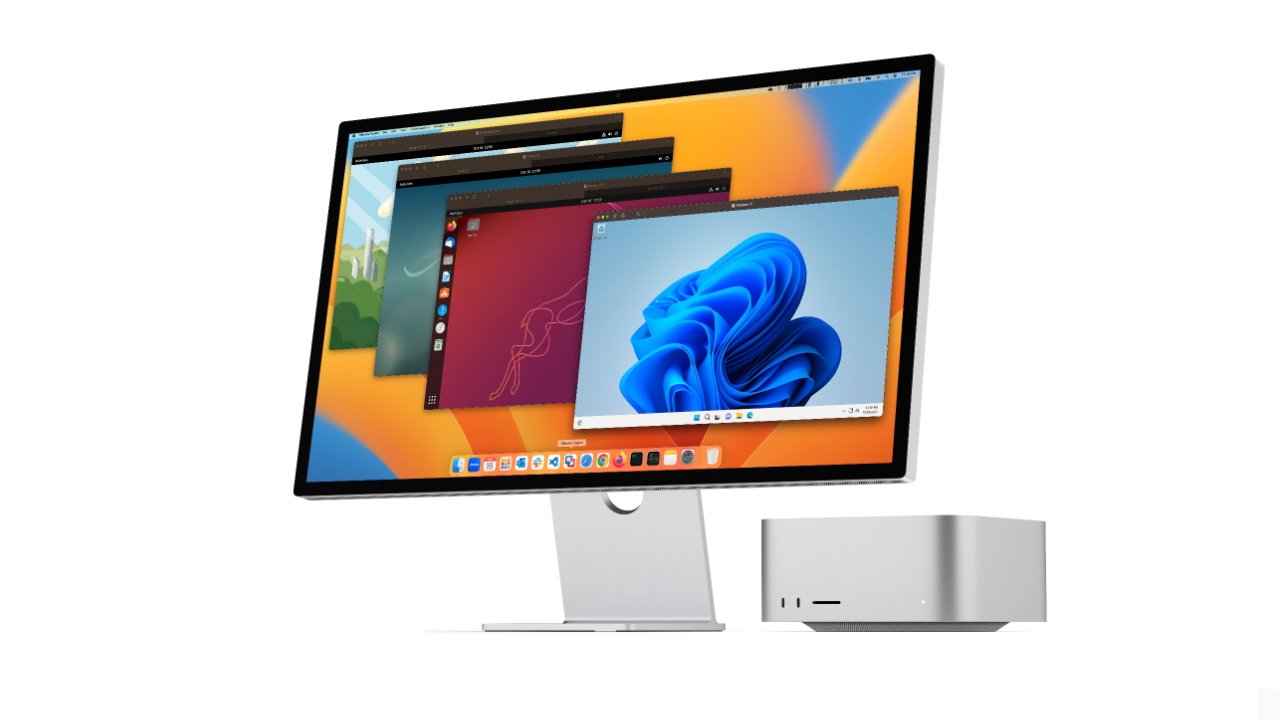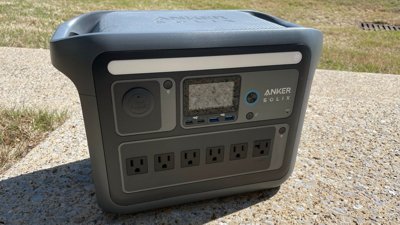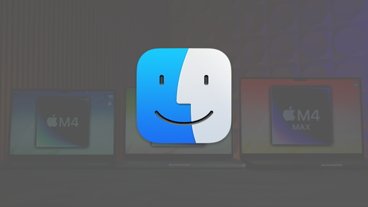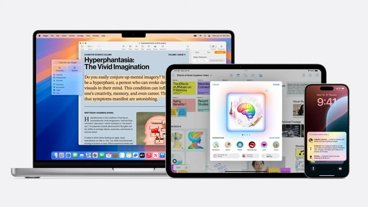Virtualization app VMWare Fusion Pro 13 is now free for personal use. Here's how to get it for your Mac.
VMWare's new owner Broadcom announced that it was acquiring the company in 2022, and the deal was completed in November 2023. Now Broadcom says that it wants to simplify how it sells its Windows virtualization apps, and that includes for personal use.
"The most exciting part is that Fusion Pro and Workstation Pro will now have two license models," wrote Broadcom's Michael Roy in a blog post. "We now provide a Free Personal Use or a Paid Commercial Use subscription for our Pro apps... [so] everyday users who want a virtual lab on their Mac, Windows or Linux computer can do so for free simply by registering and downloading."
There are several steps to registering and downloading, though.
How to get VMWare Fusion Pro 13 for free
- Go to Broadcom's support website
- Click on Register at top right
- Sign up then when asked to build a profile, click "I'll do it later"
- Now go to a separate download page
- Click on the latest version number (current 13.5.2)
- Tick the box to agree to the terms and conditions
- Click on the download icon next to VMware Fusion 13.5.2 (for Intel-based and Apple silicon Macs)
- When asked about "additional verification," click Yes
- Broadcom displays all your registration details, but now add in your full postal address
- Check that the page has selected I agree, then click Submit
- Lastly, you're returned to the download page where you need to now click the same download icon again
Note that at time of writing, Broadcom's servers appear to be under some strain. Downloading will take a long time to start. And, in our trials, it timed out a few times.
What VMWare Fusion Pro 13 does is specifically give you the ability to run alternate operating systems in a bottle — like the ARM version of Windows on your Mac. Without delving into the differences between the two, Windows for ARM is not the same as the full Intel Windows so you have to get the correct version of Windows to run on VMWare, and for the most part, the correct apps.
But then even if a great deal of business software was originally on Windows and may not have come to the Mac, much of it is now online. With a cloud version of an app, you don't need any Windows virtualization and can just work from any browser on the Mac.
Also, much business software actually has come to the Mac. So for instance it is better to run the native version of Microsoft Word or Excel than it is to get the Windows ARM edition.
Plus if the reason to get Windows is to play games, then a much better option than VMWare is to use Whisky.
 William Gallagher
William Gallagher







-m.jpg)






 Malcolm Owen
Malcolm Owen

 Chip Loder
Chip Loder
 Brian Patterson
Brian Patterson
 Christine McKee
Christine McKee
 Wesley Hilliard
Wesley Hilliard
 Amber Neely
Amber Neely



-m.jpg)






11 Comments
I have "Account verification is Pending. Please try after some time." since yesterday when I try to download Fusion for personal use. Anyone else getting that?
I've been using it for a while; I ditched Parallels. It has the same built-in download Windows 11 ARM (which is extelemy well featured as of this beta and the interface is, I suspect, Windows 12 for Intel machines) and runs flawlessly for me on my Mac Studio Ultra. It runs Windows and Applications faster than most of my PCs. It was also far easier to set up bridged networking (its own LAN IP) for the VM than Parallels. I also set up secondary PC VM drives; the interface is easy to use yet allows powerful control. I found Parallels aimed at novice users and frustrating at times. VMware is free for personal use; it is unbelievable. I give VMware eleven out of ten stars. :)
For anyone interested in playing around with running Opensimulator, where avatars own land (for free), can build amazing stuff, and walk around inside (think Second Life or OSGrid on your computer), I am a beta tester for DreamGrid, which is a Windows-only system (link below). My Windows servers are dual Xeon Dell Precision Workstations with 192 GB RAM running Windows 10 or 11 Pro.
To my amazement, I could set up a massive Grid within Windows 11 ARM Pro using a VMWare VM on my Mac Studio M2 Ultra and an M2 Max. After port forwarding my router, the access allowed visits from avatars worldwide and from the Mac side of the Mac Studio running FireStrorm OS Viewer. This was the first such test of the system on an Apple Silicon Mac, and it passed with flying colors; in fact, it was as fast as the Dell servers. What is cool is that instead of potentially spending thousands of dollars at Second Life, this setup (assuming you have an M-class Mac and 16 GB or more RAM) is 100% free. Colleges and Universities take note! I am happy to share details of how to set such a grid up with anyone interested.
https://www.outworldz.com/outworldz_installer/Grid/
Thank you so much for the helpful instructions to get the personal, free version of VMWare Fusion (esp the "download page" link). Some of the instructions did not exactly match the web-page presentation but they were close enough to figure out what was needed.
The major (fundamental) difference between Parallels and VMWare Fusion is the Fusion requirement to only run ARM software on ARM engines. When I upgraded from Intel MacBook Pro to ARM (M1 then) kit I could no longer run previously VMWare-hosted operating systems, which were all Intel code. I had to find various ARM implementations of Linux and Windows operating systems to carry on working in VMWare. In those days (ahhh, so long ago) Windows ARM was even more experimental and it was not clear that Microsoft would actually properly support ARM architecture. I switched to Parallels to avoid alpha testing Windows-ARM for MS on ARM architecture.
It is still the case that Parallels runs Intel code but VMWare does not. Linux is certainly stable enough on both Intel and ARM architectures, running in both Parallels and VMWare virtual hosting environments, but I'll have to spend some time seeing how much Windows-ARM has improved in VMWare as Windows-Intel still appears to only be an option in Parallels.
But hey... free is pretty cheap :-)